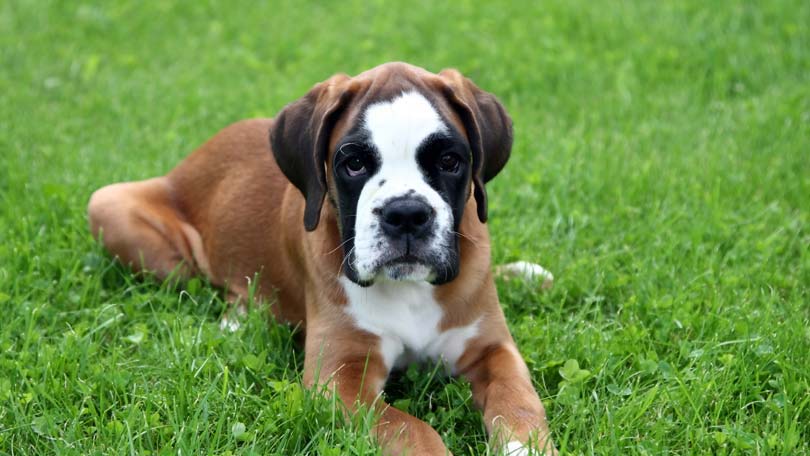
Youve brought home a new puppy, and he is adorable in every way except one: He bites. Biting or mouthing your hand during play is normal behavior for a puppy, and to many people it seems cute. No matter how cute it may seem, biting people – and unacceptable items such as furniture – is a behavior that must be stopped through training. The sooner you start such training, the easier it will be for you new puppy to learn.
Even though a tiny puppy nipping at your hands may seem cute, if the behavior is not nipped in the bud while your pet is still a puppy, problems could result later on. By not taking steps to stop the biting, you are reinforcing a behavior that could cause your dog, when he is grown, to injure you or someone else.
You should never try to stop a puppy’s biting by hitting the puppy. Remember, the puppy isn’t doing anything ‘bad‘. He is simply doing what comes natural to him. If he were part of a pack of dogs, the other dogs in the group would teach him when his biting had gone too far. You can utilize a similar method of teaching as would occur among a group of dogs by following a few simple steps.
First, you will have to do something that lets the puppy know that he has hurt you. Yell ‘no’ or make a noise that is similar to a dog yelping. Normally, this will startle the puppy and he will stop. If he goes right back to biting you, make the noise again and then leave the area. This is similar to what another puppy or older dog would do if the biting was too rough.
This will show the puppy that 1) he has hurt you and 2) if he continues you will leave him without anyone to play with. The puppy doesn’t want to hurt you, and he doesn’t want to be alone. By doing those two things consistently he will learn that biting has consequences he doesn’t like.
Giving Your Puppy a Time Out
If, when you walk away, he continues to follow you and bite at your leg, gently place him in his ‘time out‘ spot. This can be his crate, or a corner somewhere. If you crate him when you leave, you might not want to use the crate as punishment. You don’t want him to associate the crate with a negative. In that case, it would better to pick a spot in the house. It should always be the same spot. Over time when you say ‘bad dog corner!,’ he’ll know exactly where he is supposed to go.
NOTE: When teaching not to bite, or in any other training situation, it is important not to yell or be overly emotional. You should talk to your puppy in a matter-of-way way. Even when you release your puppy from the crate or corner, do not make a fuss over him. Release him and then ignore him for a few minutes before petting or playing with him.
Next, you’ve got to remember that a puppy must bite something. Your goal should not be trying to stop him from all biting. Instead, you should teach him to stop biting YOU (and your furniture and shoes!). For this reason, a good supply of chew toys is essential. When the puppy bites your hand, or you see him about to bite into your furniture, yell ‘nO’ and put a chew toy in his mouth. This is how you will show him what items are acceptable for him to chew. If he doesn’t seem interested in the toys at first, you might want to try one that holds a treat in the middle.
The puppy will smell the treat and will keep chewing that toy until the treat comes out. After a while, he will begin to associate biting you or the furniture with bad consequences (such as you leaving and/or a tie out) and he’ll associate chew toys with a treat. Naturally, the chew toy will be much more appealing to him.
Keeping an ample supply of chew toys in every room that your puppy visits will help curb his temptation to bite things (and people) that he shouldn’t bite. If he is surrounded by items that he is allowed to chew on, he will be less likely to try and bite you or chew on unacceptable items.
Keep in mind that some games, such as tug-of-war, can actually encourage biting. If you find you are having trouble teaching your puppy not to bite, you should definitely avoid such rough games, at least until your dog is fully trained.
Another important step in teaching your puppy not to bite is establishing your position as ‘pack leader‘. When you give a command, he needs to learn to obey it. This will not happen overnight, but training should start early as young pups are easier to train than older dogs.
Teaching your pet not to bite while he is still a puppy will make your life easier, and will help your dog be what he wants to be: A good dog!
